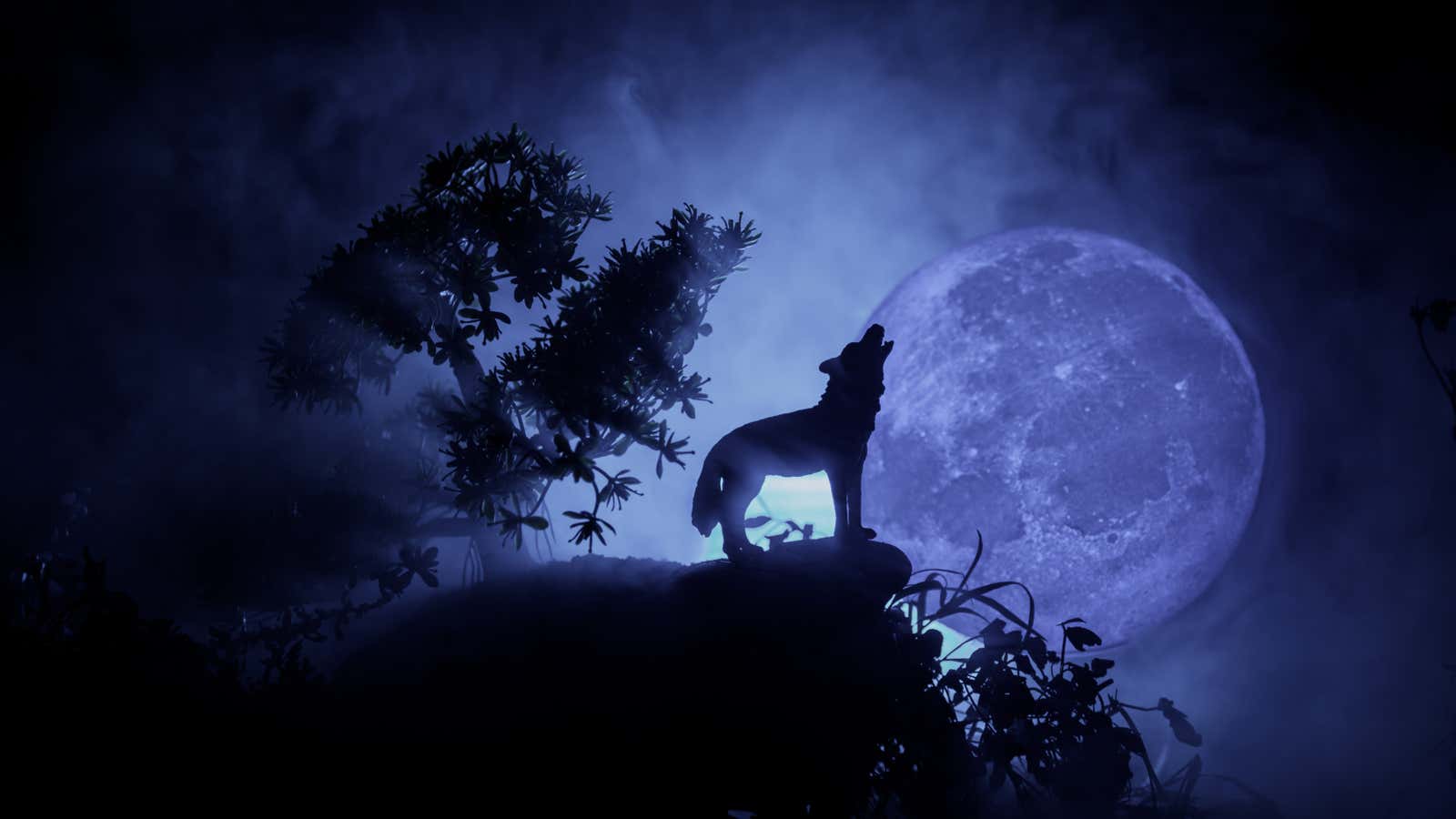How to See Today’s Wolf Moon

Tonight we will see the wolf moon rise, the first full moon of 2021. Oddly enough, peak illumination begins at 2:16 pm, when the moon is usually not visible. But don’t let the sun ruin the first big lunar day this year; you can see it well right before sunset.
For residents of the northern states of the United States, the moon is relatively high in the sky during the winter months, and will be most noticeable just before sunset in the northern hemisphere. You are more likely to see the moon closer to its maximum illumination during civil twilight , which occurs just after the sun sets below the horizon – between 5:09 pm and 5:38 pm EST tonight (depending on cloud cover). According to Earth Sky , you will need to look at the northeast horizon in low light to get the best view.
The full moon is accompanied by Mars and Venus tonight. If the light of the full moon usually drowns out the radiance of the planets, then by the time it gets dark, this moon has long ceased to peak brightness, leaving them still visible in the starry sky.
So why do we call the January full moon the wolf moon? The theory is that the indigenous tribes and colonial settlers named it that because wolves are known to howl more often during this time of year, perhaps because they hunted rarer prey more often during the harsh winter months (or left wolf squads to stay warm.) While there are multiple sources to support this theory, the name stuck – although, in all fairness, indigenous peoples across the country have many different names for the first full moon of the year , with few mentioning wolves. Lunar names often coincide with the seasons – Harvest Moon in October (Cherokee); Flower Moon in April (Comanche). The Old Farmer’s Almanac notes that the Assiniboin tribes call the January full moon the Central Moon as it marks the middle of the season. If that means we’re much closer to spring, I’ll take that.